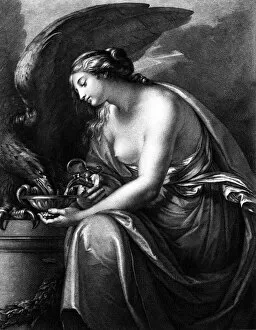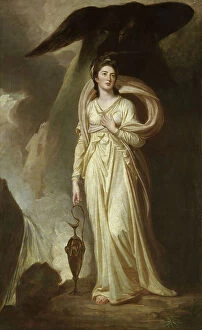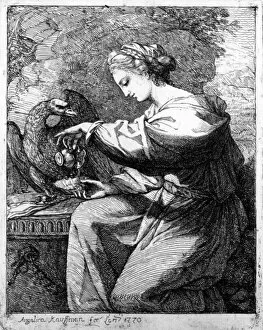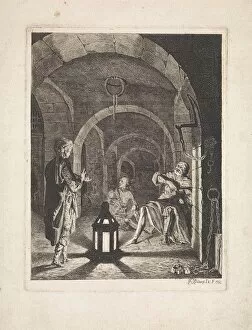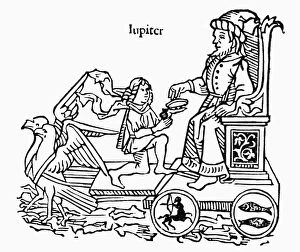Cupbearer Collection
"Cupbearer: A Symbol of Power, Elegance, and Divine Connection" The role of a cupbearer has been depicted in various forms throughout history
All Professionally Made to Order for Quick Shipping
"Cupbearer: A Symbol of Power, Elegance, and Divine Connection" The role of a cupbearer has been depicted in various forms throughout history, capturing the imagination of artists and storytellers alike. From ancient mythology to biblical narratives, this figure holds a significant place in art and literature. In Titian's masterpiece "Ganymede, " we witness the captivating abduction of a young boy by Zeus in the form of an eagle. Ganymede's fate as Jupiter's cupbearer symbolizes his divine connection and eternal youthfulness. Similarly, Hebe, engraved by Domenico Cunego, portrays the Greek goddess serving nectar to gods on Mount Olympus. Her gracefulness embodies elegance and purity associated with this esteemed position. Moving beyond mythology, Nehemiah in Jerusalem takes us back to biblical times when he served as King Artaxerxes' trusted cupbearer. This historical account showcases how this role extended beyond mere service; it involved trustworthiness and loyalty at its core. However, not all depictions are filled with glory. In Death as a Cupbearer presenting the King with his last drink, we confront mortality itself. This chilling portrayal reminds us that even those closest to power cannot escape their ultimate fate. Miniatures from the Golden Bull further emphasize the importance attached to being a cupbearer during medieval times. The handcolored copperplate engravings depict regal figures partaking in ceremonial rituals where these individuals played crucial roles. Nehemiah: The King's Cupbearer adds color to our understanding through a vibrant lithograph showcasing Nehemiah fulfilling his duties while exuding dignity and poise. Hebe painted by Jean-Baptiste Wicar in 1831 captures her youthful beauty on canvas once again; her presence radiates vitality intertwined with divine significance. Meanwhile, The Abduction of Ganymede engraving immortalizes this mythological tale where love transcends boundaries between mortals and gods, forever etching the cupbearer's role in our collective consciousness.


